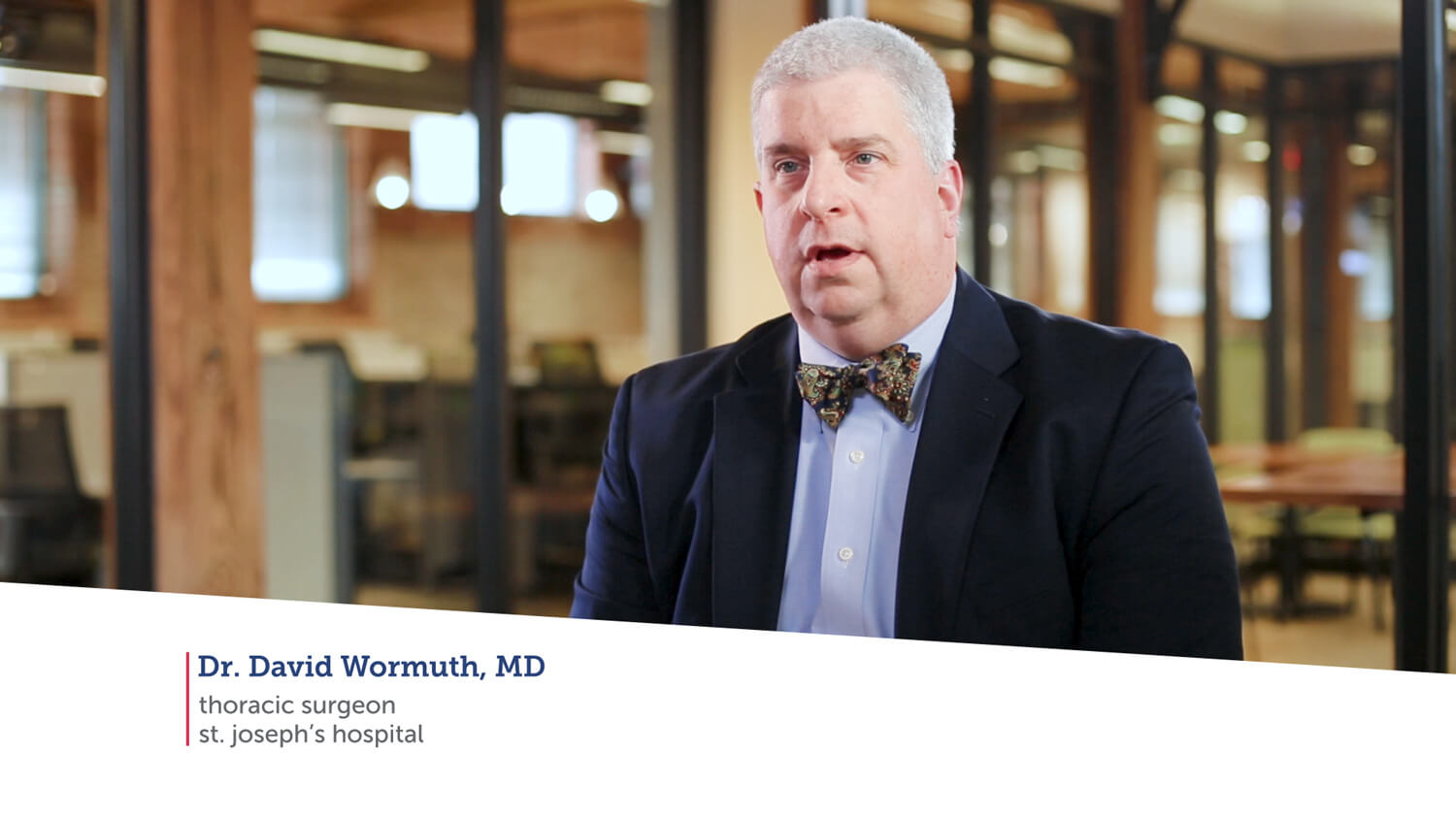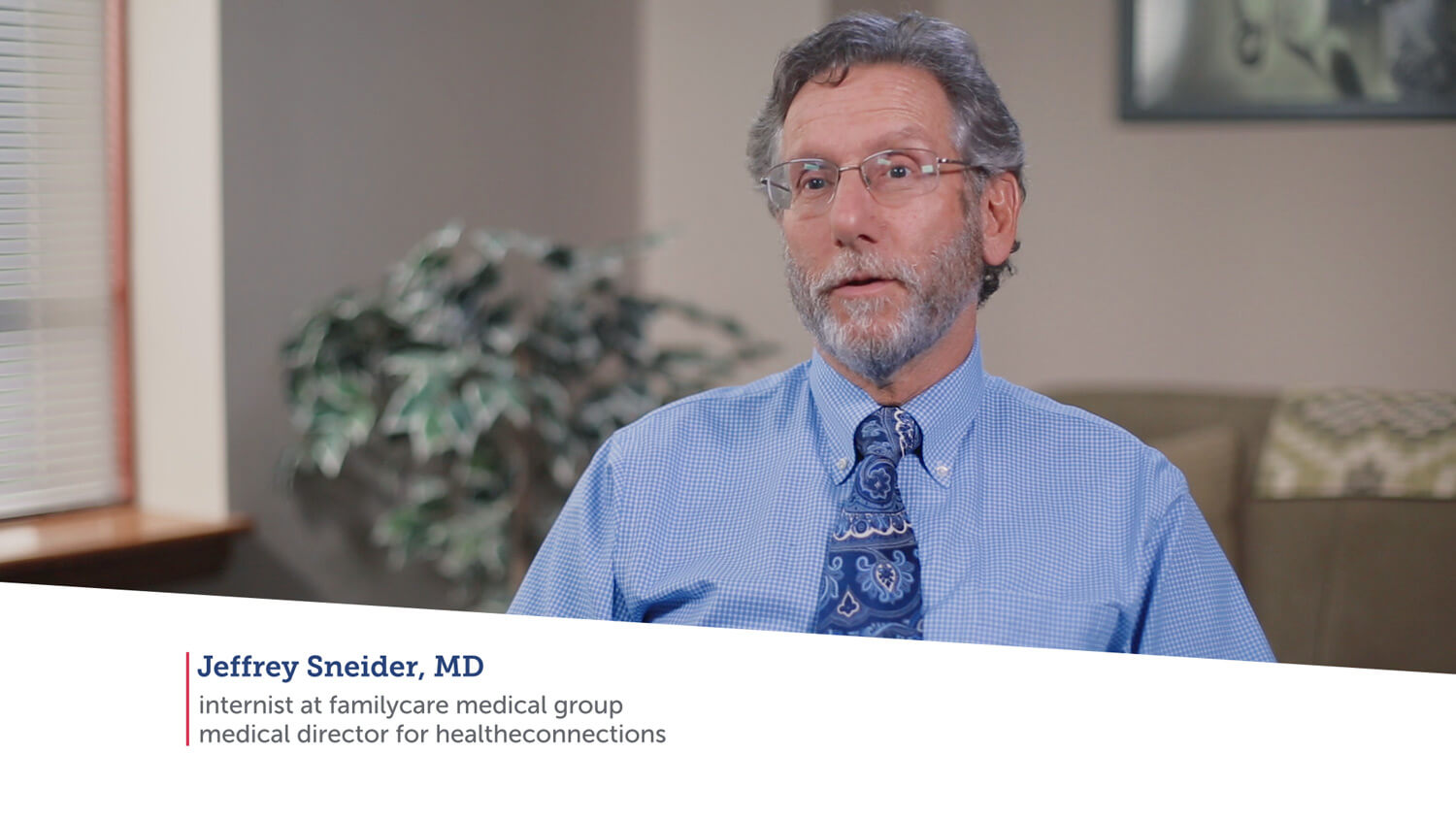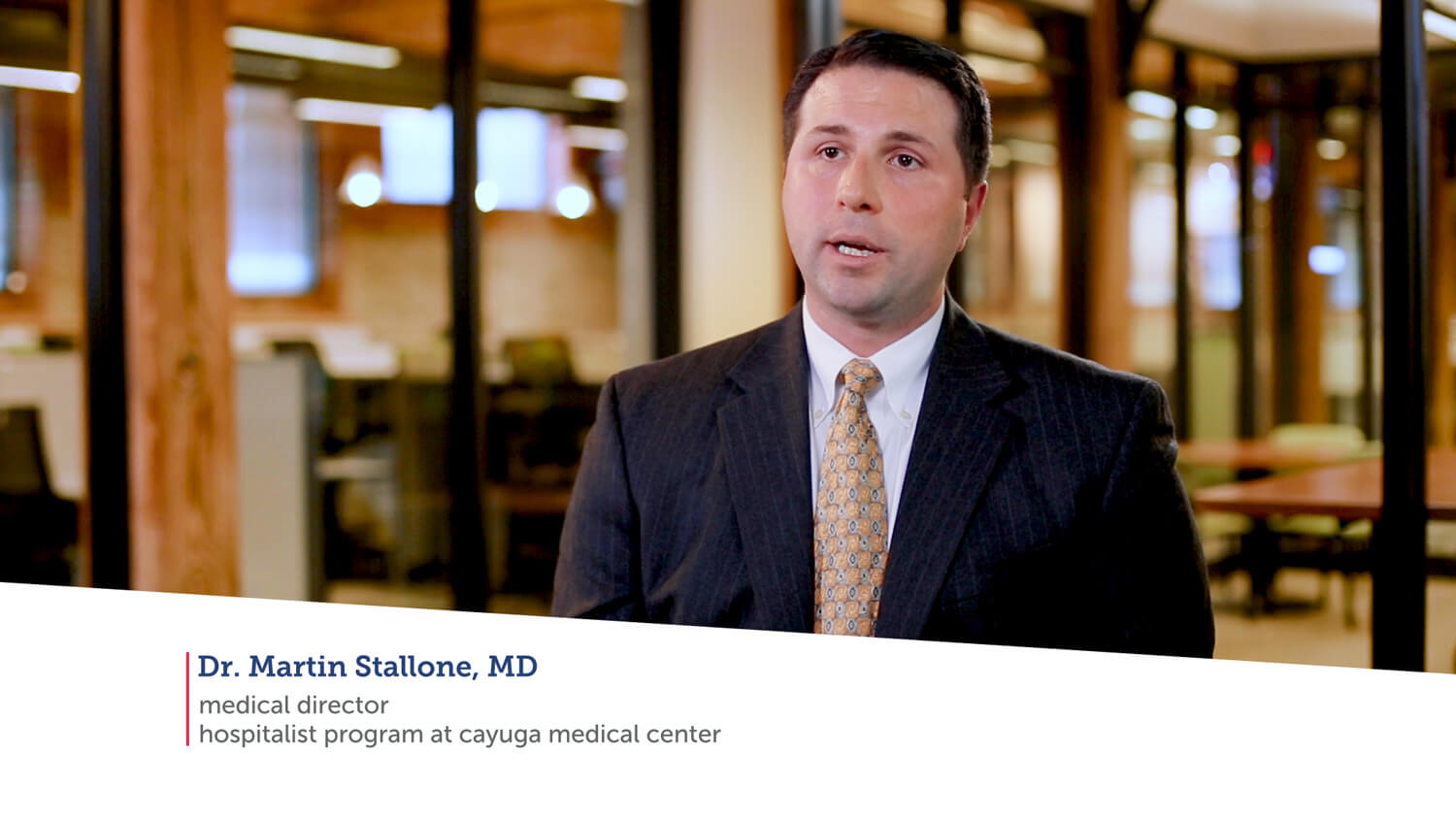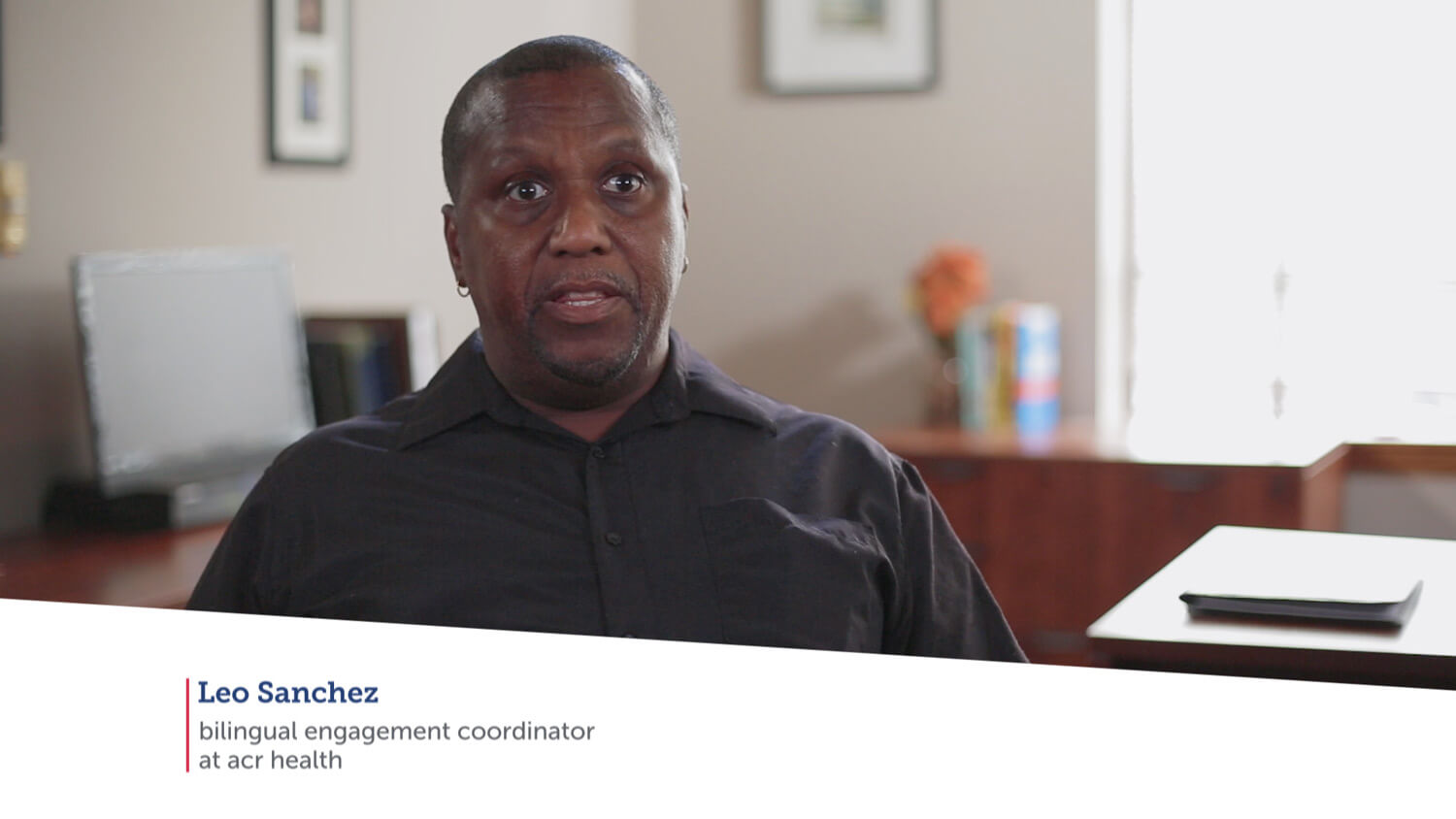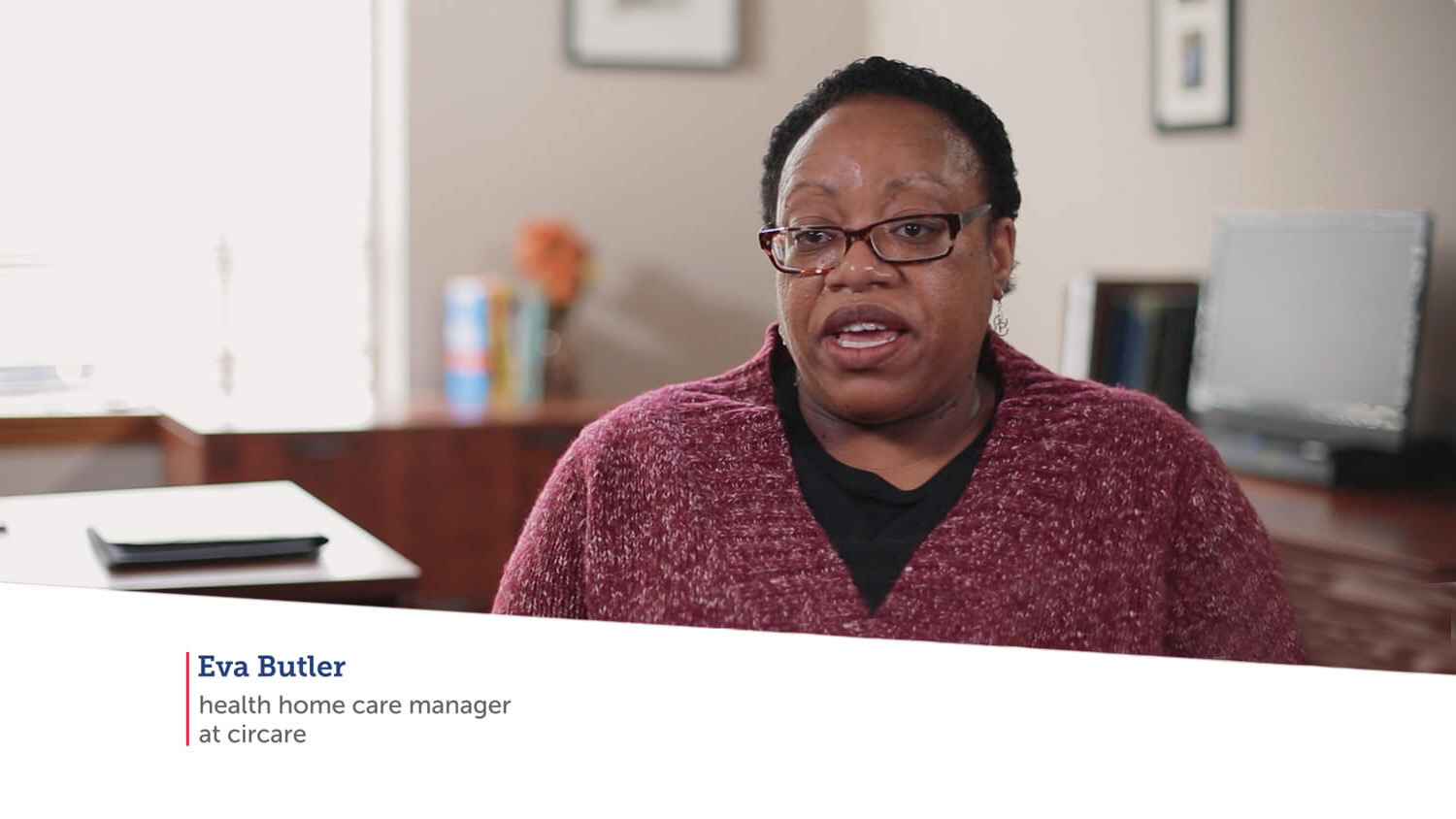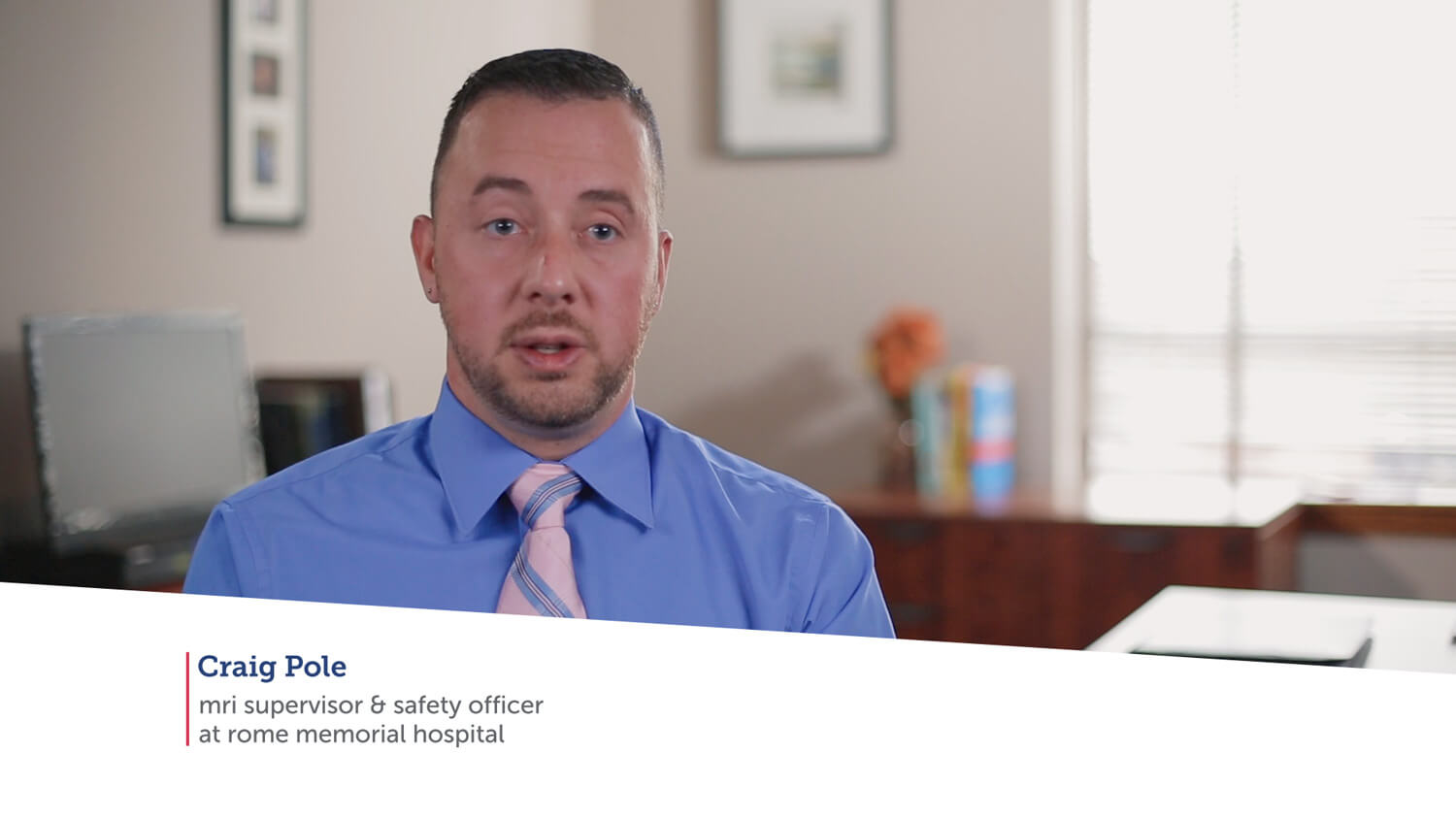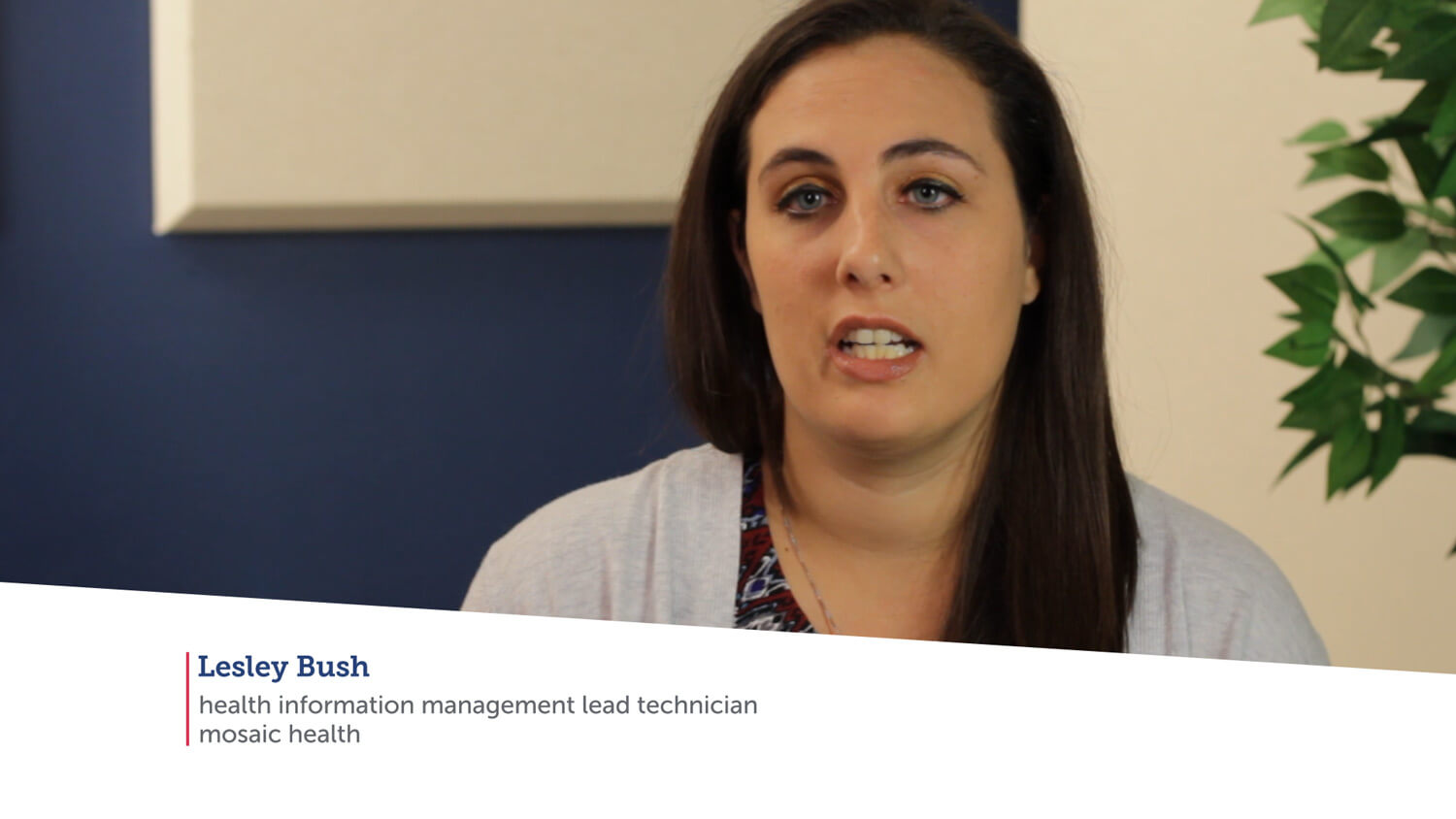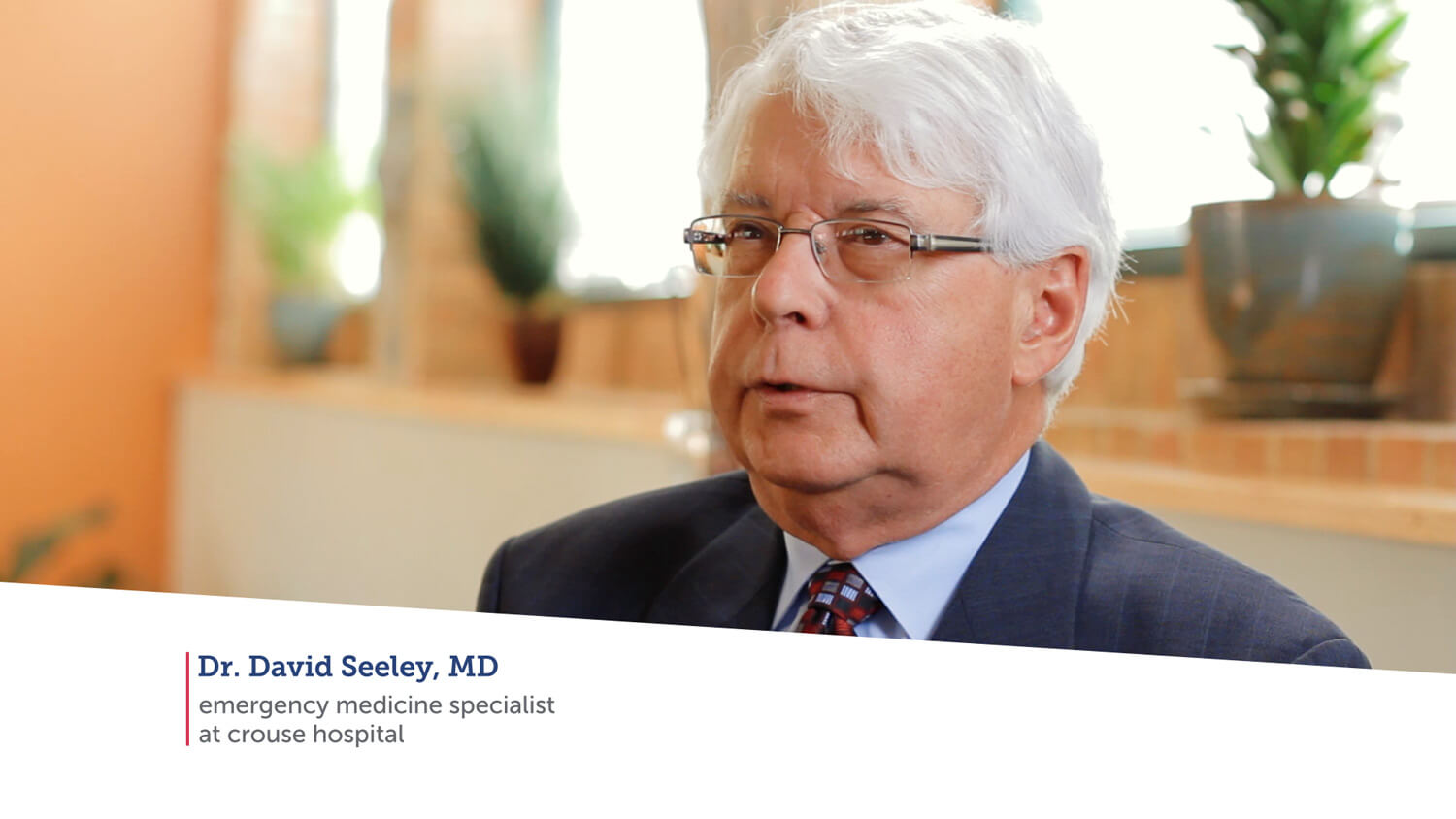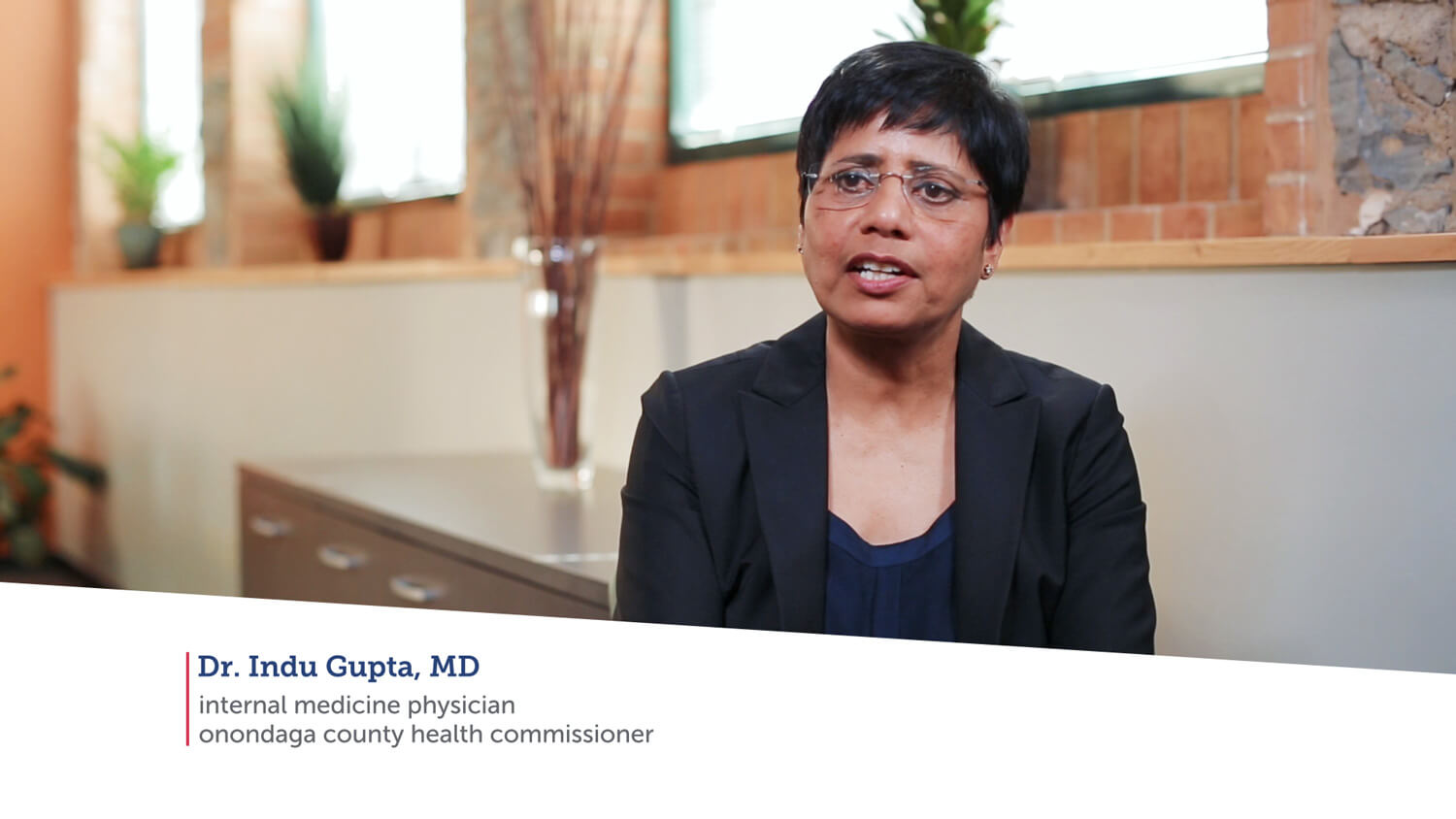For Improved Patient Care, It’s All About the Data
The value of community-wide data for point of care, patient population health and quality programs
Rob Hack and Don Lee
The healthcare industry has been clamoring for accessible, high-quality data and effective interoperability since the dawn of Meaningful Use. With access to comprehensive, community-wide collections of patient information, a clinician can better address the needs of their patients – individually and as a population – to provide improved quality of care, support patient safety and a better care experience.
The data in your EMR is not enough, nor do most EMRs have the analytics and reporting capabilities to allow you to manage your patient populations. A patient’s health records span multiple healthcare providers, and in order to see a clear, comprehensive history, they must be combined and accessible across all clinicians. This is a benefit to both you and your patient, allowing you to make better-informed decisions and driving efficiencies in your clinical settings.
Regional and statewide health information exchanges (HIE) are partners in your communities and serve as an important source of consolidated patient histories, often with value-adding services and systems that foster efficiencies and improved care.
The value of community-wide data.
Patients are receiving care in many settings, and if you aren’t receiving information from each patient care encounter, you’re at a disadvantage. Mature regional HIEs, or those with high rates of participation and data sharing, may see six or more providers contributing to one patient’s record.


Having the most complete patient health history allows proactive treatment, diagnosis and overall care management. When these histories are shared, smooth transitions of care and communications for critical patient referral and follow-up care are not just possible, they become the norm. Records that are more complete also allow for more in-depth analysis and action across patient populations. Further, if you participate in quality programs or performance-based payment programs, missing information could adversely affect overall scores, leading to unnecessary reductions in reimbursement.
What about getting data from other networks linked with my EMR?
Many EMRs have direct connections to national networks such as Carequality, CommonWell, and/or specific healthcare partners for additional patient health information. For the most part, these networks do not provide a curated, comprehensive record. The role and value of HIEs is to facilitate comprehensive health record sharing through direct connections with provider EMRs and/or HIE portals. While the portals can be used for those without EMRs, HIEs can share information directly into a provider’s EMR, making the information available at the point of care and keeping the provider within their own system.
Is there a health information exchange in my care area?
In New York, six regional health information organizations are accredited and funded through state and federal government monies to form the Statewide Health Information Network of New York (SHIN-NY). Together, these organizations provide HIE services for regional communities they serve which recognizes the inherent “local” nature of healthcare delivery and referral patterns. Engaging HIEs will assist you in developing a connected roadmap for community data through the establishment of a clinical data strategy and its supporting services, which is important to both you and your referral partners.
HIEs allow access and delivery of patient health records with standardized, normalized and organized data, curated to provide consistency and completeness across healthcare providers and systems. HIEs move this information where it’s needed, and maintain quality standards to ensure it is useable and accurately represented within the connected systems.
What’s the value of patient population health tools?
Many HIEs provide full-service analytics services that bring your EMR data together with broader community data, manage data quality, and provide effective tools which allow you to ask meaningful questions about your patient panel.
With comprehensive health records on patients within your region, information can be organized for production of quality measures and data inquiries. These tools organize information into chronic disease registries – such as diabetes and hypertension – and generate quality measures in real time to allow you to take action immediately, not at the end of a measurement period.
They also provide easy-to-use query and reporting tools which allow you to ask questions of your patient panel. For example:
– How many of my patients have had a flu shot?
– Have all my diabetics had an A1C test this year?
– Do I have any undiagnosed hypertensive patients on my panel?
– How many of my patients were readmitted to the hospital within 30-days of discharge?
Without community-wide data supplementing what is in your own system, you are much more likely to get an incomplete answer.
Making a difference with information sharing and EMR interoperability
The industry is moving in the right direction, favoring more sharing and higher levels of collaboration that support quality care, patient safety, and helping you proactively monitor and manage your patient population. In New York State, regional HIEs continue to increase their data sources, provide high levels of data completeness and quality and actionable tools.
If you are connected to a regional HIE, leverage the relationship for enhanced services and benefits. If you are not connected to a regional HIE, you’re missing out on critical information that forms a more complete picture of your patients. For more information about New York’s regional HIEs and how they can work for you, please see: https://www.nyehealth.org/shin-ny/qualified-entities/
About the Authors
Rob Hack has served as the founding President & CEO of HealtheConnections for more than 10 years, developing the most diverse (more than 500 data sources!) and geographically largest HIE in New York state. Since Rob took the helm, HealtheConnections has grown to serve 1,500 participating organizations across more than 4,200 locations supporting 10,800 licensed clinicians in the 26 counties of the Central, Northern, Southern Tier, and Hudson Valley regions. Rob has held senior-level positions in IT, delivering business value and implementing complex information systems and technologies throughout his career.
Don Lee is a product and business development strategist, and accomplished Health IT expert with a 20+ year track record of driving value with technology. He is the Director of Business Development at HealtheConnections, responsible for the identification and creation of value-added services that build on the high-quality, comprehensive community data available through the HIE. Don is the host of The #HCBiz Show!, a podcast dedicated to unraveling the business of healthcare. The podcast features weekly interviews with industry leaders and explores new ways to align patient, clinician and business value. Don is also a partner at VBP Forward, a new conference focused on value-based payment for complex and special needs populations.



